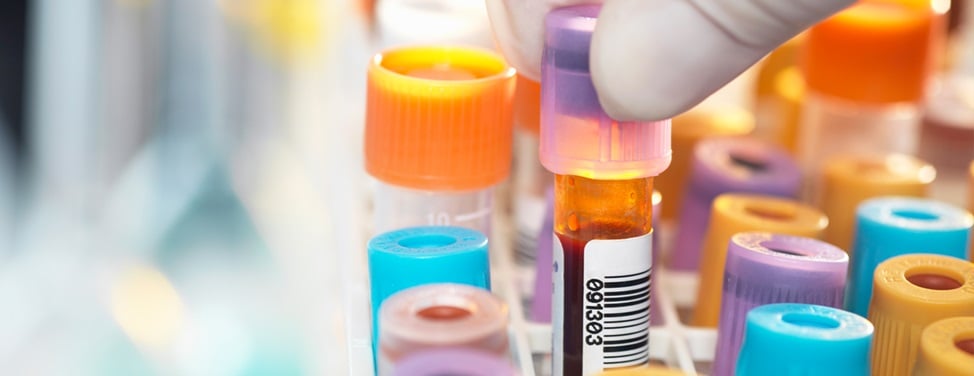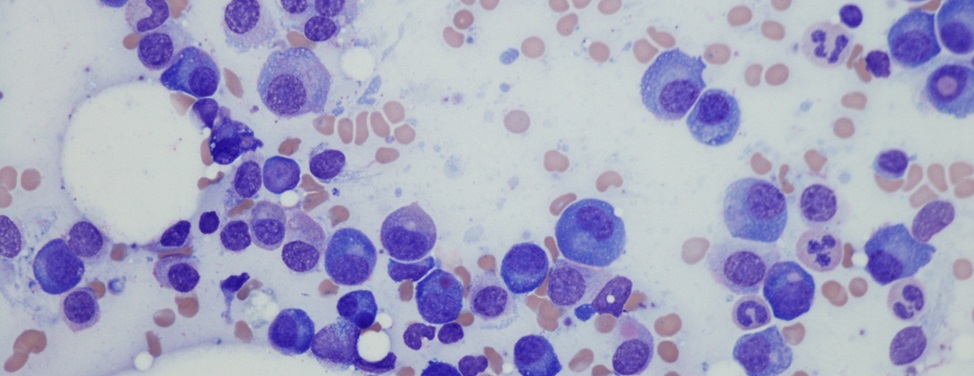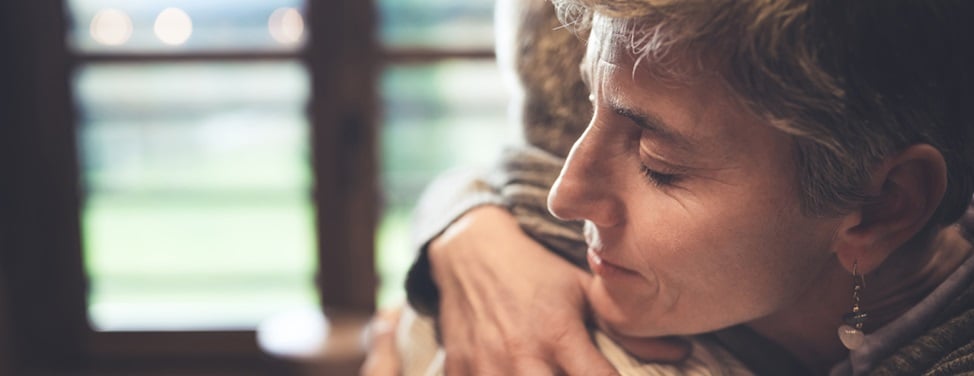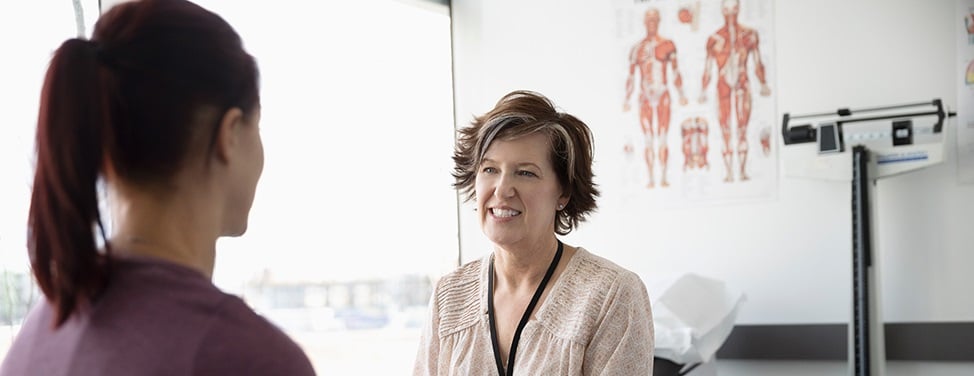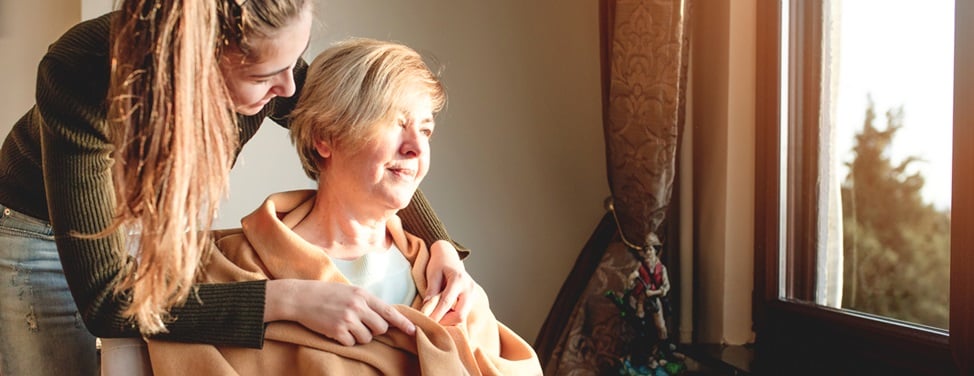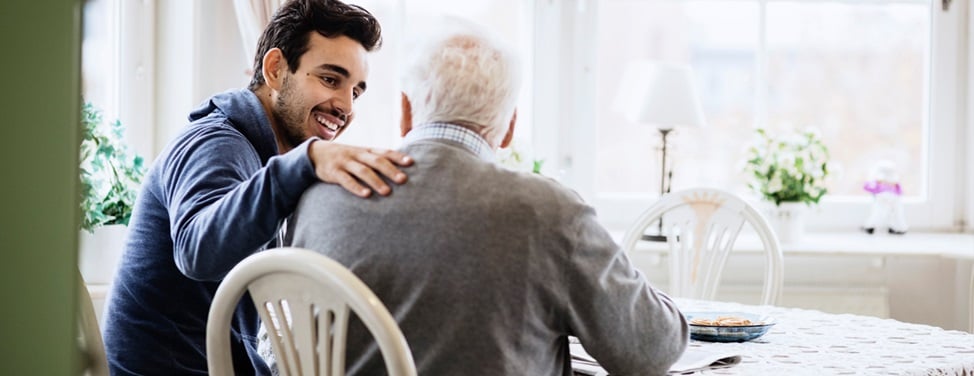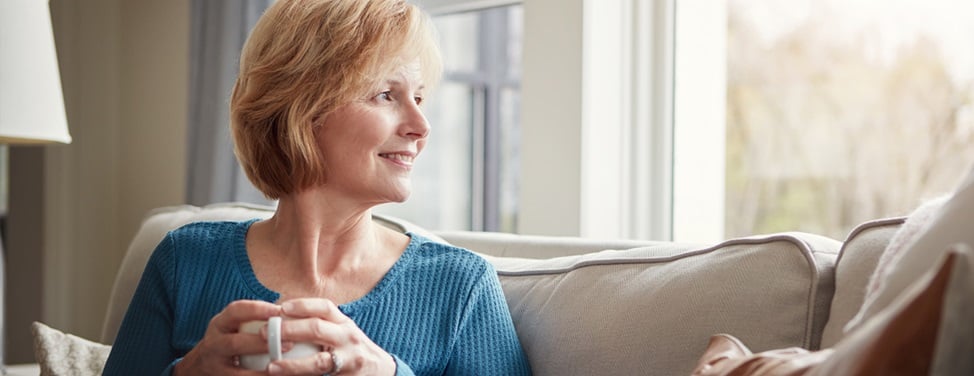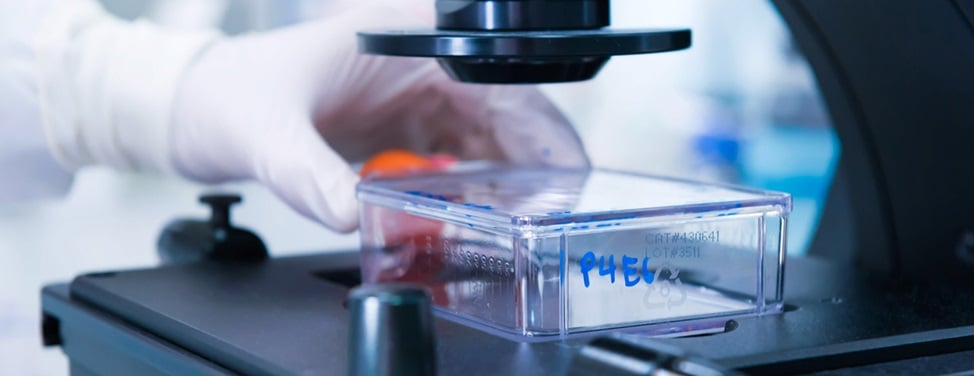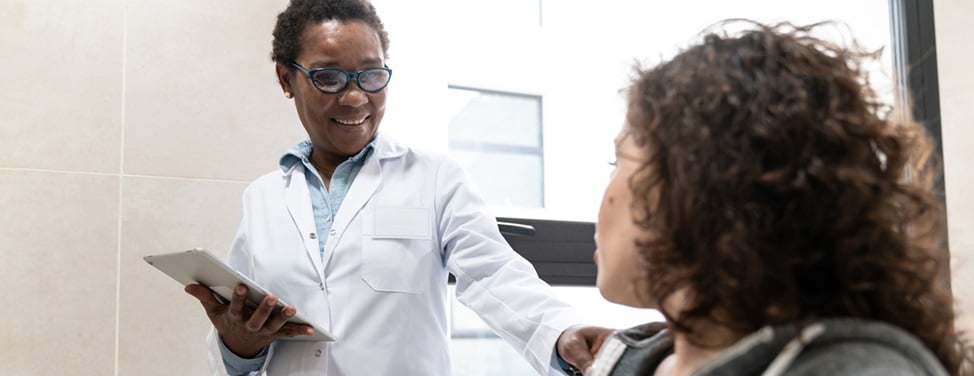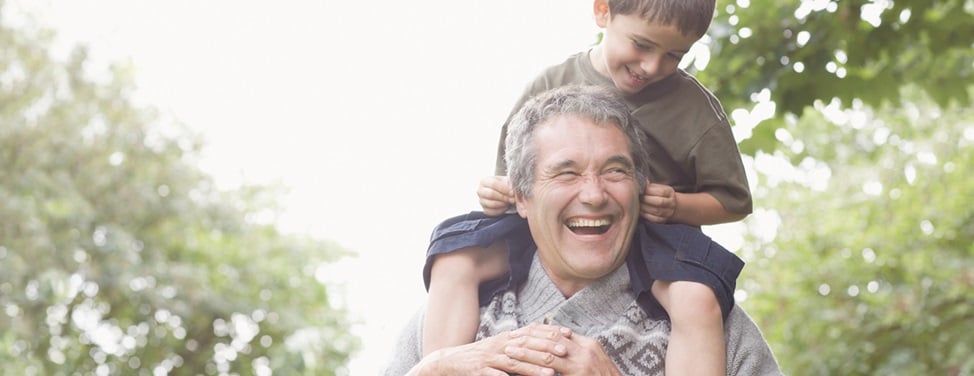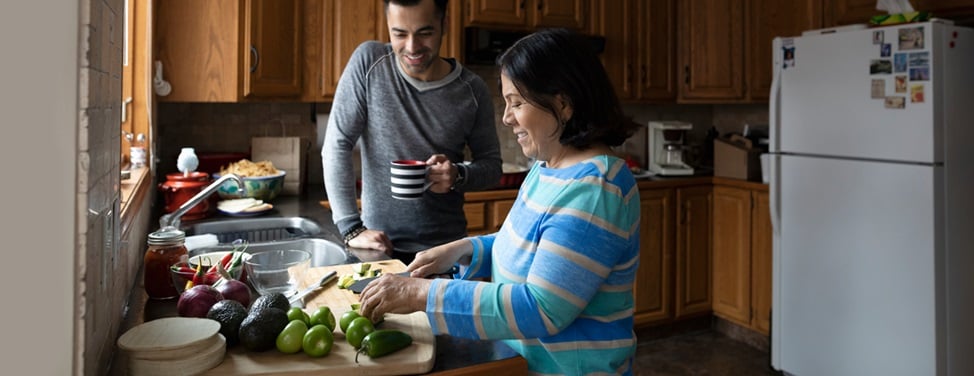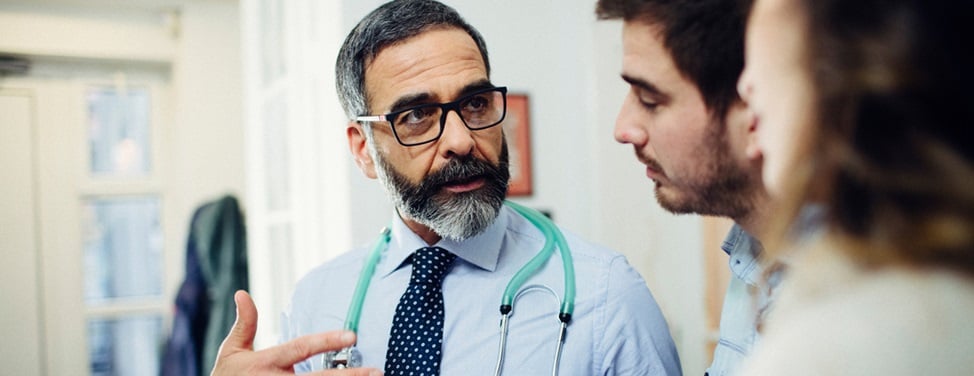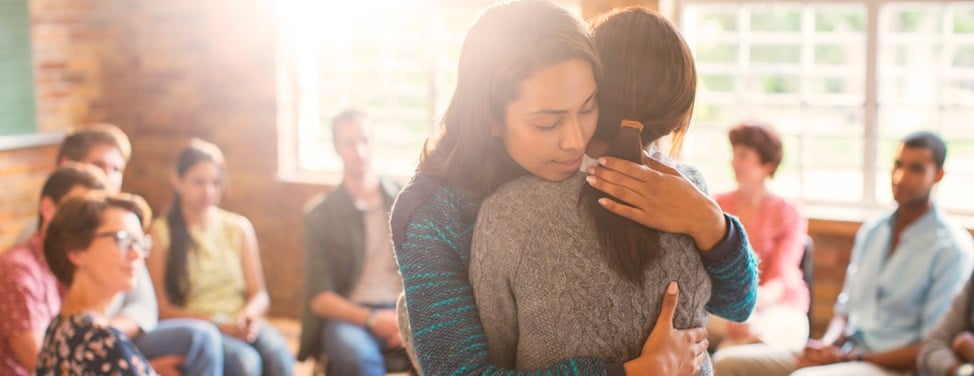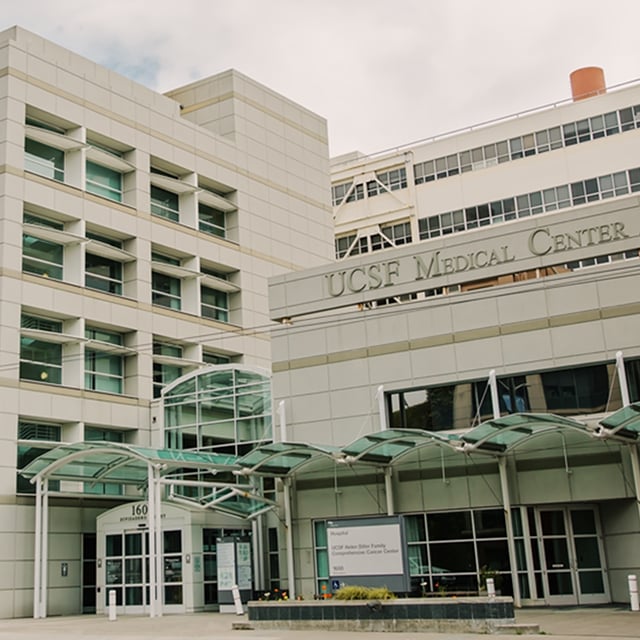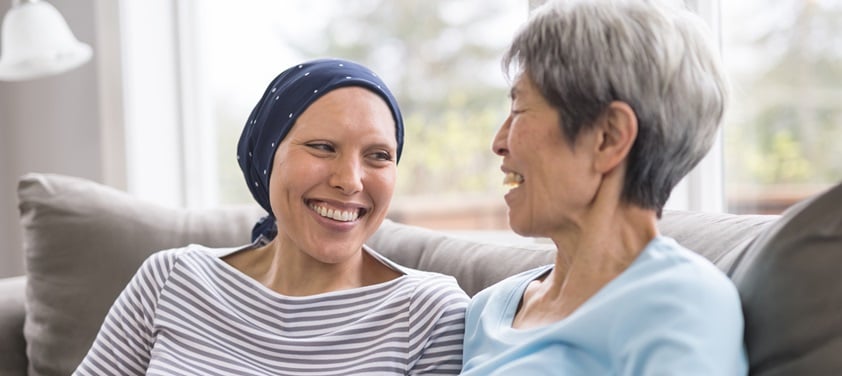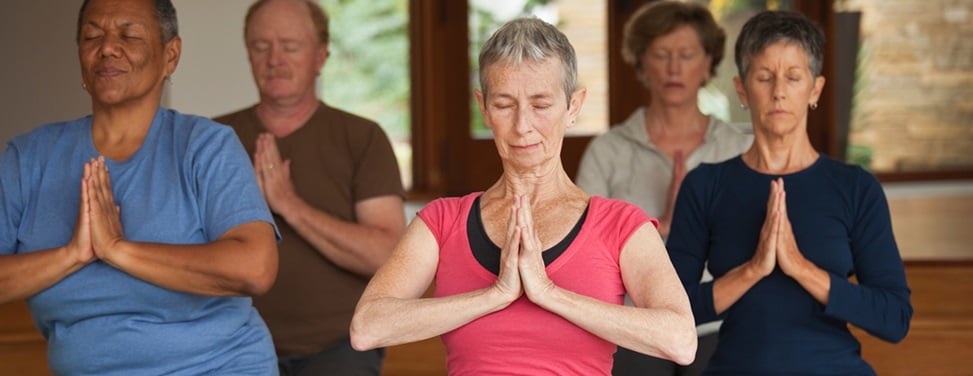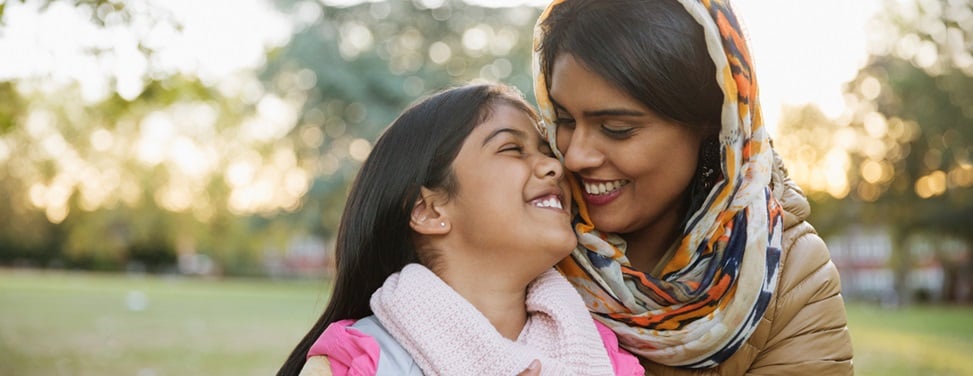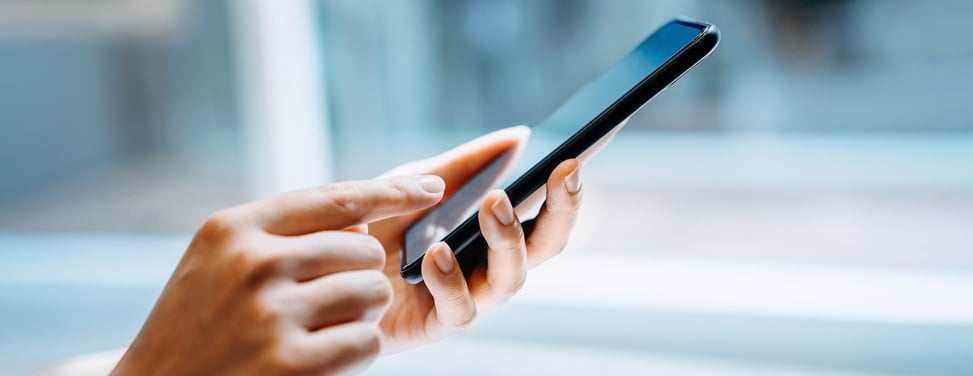Hodgkin's Lymphoma

Overview
In Hodgkin's lymphoma, cells in the lymphatic system grow abnormally and may spread beyond the lymphatic system. As the condition progresses, it compromises your body's ability to fight infection and symptoms appear. Many symptoms may be similar to those of the flu, such as fever, fatigue and night sweats. Eventually, tumors develop.
Hodgkin's lymphoma is a rare type of lymphoma, accounting for less than 1 percent of all cancer cases in the U.S. It usually affects people between the ages of 15 to 35 and those older than 55.
Our approach to Hodgkin's lymphoma
UCSF delivers the most advanced treatment options for Hodgkin's lymphoma with care and compassion. Most patients with Hodgkin's lymphoma receive chemotherapy, radiation therapy or a combination of both. We also offer stem cell transplants to many patients with recurrent Hodgkin's lymphoma.
We are dedicated to discovering better treatments for lymphoma and other cancers through research. Interested patients may have the option to participate in clinical trials of potential new therapies. UCSF also offers many support services for our cancer patients and their families.
Awards & recognition
-
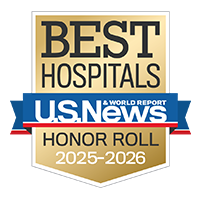
Among the top hospitals in the nation
-
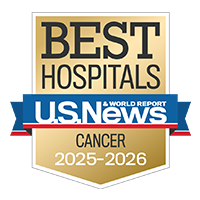
Best in California and No. 7 in the nation for cancer care
Signs & symptoms
Symptoms of Hodgkin's lymphoma may include the following:
- A painless swelling in the lymph nodes in the neck, underarm or groin
- Unexplained recurrent fevers
- Night sweats
- Unexplained weight loss
- Itchy skin
However, these symptoms are not sure signs of Hodgkin's lymphoma. In most cases, they are caused by other, less serious conditions such as the flu. That said, when symptoms like these persist, it is important to see a doctor so that any illness can be diagnosed and treated. Only a doctor can diagnose Hodgkin's lymphoma.
Diagnosis
If Hodgkin's lymphoma is suspected, the doctor will ask about your medical history and perform a physical exam to check general signs of health. The exam includes feeling all the lymph nodes and feeling if the liver or spleen is enlarged. In addition, the doctor may order blood tests.
The doctor also may recommend tests that produce pictures of the inside of the body, such as:
- X-rays. High-energy radiation is used to take pictures of areas inside the body, such as the chest, bones, liver and spleen.
- Computed tomography (CT) scan. A CT scan uses a thin X-ray beam that rotates around the area being examined. A computer processes data to construct a three-dimensional, cross-sectional image.
- Magnetic resonance imaging (MRI). An MRI provides detailed pictures of areas inside the body that are produced with a powerful magnet linked to a computer.
The diagnosis also depends on a biopsy, during which a surgeon removes a sample of lymphatic tissue (part or all of a lymph node) so a pathologist can examine it under a microscope to check for cancer cells. Other tissues may be sampled as well. The pathologist studies the tissue and checks for Reed-Sternberg cells, which are large abnormal cells usually found with Hodgkin's lymphoma.
Treatments
Treatment for Hodgkin's lymphoma depends on the stage of the disease, the size of the enlarged lymph nodes, the symptoms that are present, the age and general health of the patient, and other factors.
Patients with Hodgkin's lymphoma undergo an extensive evaluation that may include:
- A general history and physical examination
- Multiple blood tests
- X-rays
- Computed tomography (CT) scan
- PET scan
- Bone marrow aspiration and biopsy
- Lymph node biopsy
Radiation therapy and chemotherapy are the most common treatments for Hodgkin's lymphoma, although bone marrow transplantation, peripheral stem cell transplantation and biological therapies are currently being studied in clinical trials.
Radiation therapy
Radiation therapy, also called radiotherapy, uses high-energy rays to kill cancer cells. Depending on the stage of the disease, treatment with radiation may be given alone or with chemotherapy. Radiation therapy is local therapy, meaning it only affects cancer cells in the treated area.
Radiation treatment for Hodgkin's lymphoma usually involves external radiation, coming from a machine that aims the rays at a specific area of the body. External radiation does not cause the body to become radioactive. Most often, treatment is given on an outpatient basis in a hospital or clinic.
Chemotherapy
Chemotherapy uses drugs to kill cancer cells. Chemotherapy for Hodgkin's lymphoma usually consists of a combination of several drugs. It may be given alone or followed by radiation therapy.
Chemotherapy is usually given in cycles: a treatment period followed by a recovery period, then another treatment period and recovery period, and so on. Although most anticancer drugs are given by injection into a blood vessel through an IV, some are given by mouth. Chemotherapy is a systemic therapy, meaning the drugs enter the bloodstream and travel throughout the body.
Usually, chemotherapy is an outpatient procedure, which means it can be given at the hospital, the doctor's office or at home. However, depending on which drugs are given and the patient's general health, a short hospital stay may be needed.
The majority of patients receive chemotherapy every two weeks for approximately six months. Depending on the initial stage and how the tumor regresses with the treatment, more or less therapy may be required.
Stem cell transplants
At UCSF Medical Center, stem cell transplantation, also called bone marrow transplantation, is offered to many patients with recurrent Hodgkin's lymphoma. The type of stem cell transplant will depend on a number of factors including:
- Age
- Current symptoms
- Response to prior treatments
- The availability of a donor
Patients are encouraged to consult with a stem cell transplantation doctor to learn more about Hodgkin's lymphoma, the treatments for the disease and stem cell transplantation.
Stem cell, or bone marrow, transplantation refers to the administration of high-dose chemotherapy followed by the infusion of stem cells. If the stem cells are collected from the hip bone, the procedure is called a bone marrow transplant. If the stem cells are collected from the blood using a procedure called leukapheresis, the procedure is called a peripheral blood stem cell transplant.
Today, most transplantation procedures are performed using stem cells that have been collected from the peripheral blood. Peripheral stem cell transplantation is a method of giving high-dose chemotherapy and then replacing the blood-forming cells destroyed by chemotherapy with healthy stem cells.
Transplantation may be:
- Autologous. Using the patient's own blood cells that were saved earlier
- Allogeneic. Using blood cells donated by someone else
- Syngeneic. Using blood cells donated by an identical twin
Biological therapy
Biological therapies stimulate or restore the ability of the immune system to fight infection and disease. In addition, these therapies – also known as immunotherapy, biotherapy or biological response modifier (BRM) therapy – are used to lessen some of the side effects that may be caused by some cancer treatments.
UCSF Health medical specialists have reviewed this information. It is for educational purposes only and is not intended to replace the advice of your doctor or other health care provider. We encourage you to discuss any questions or concerns you may have with your provider.
More treatment info
-
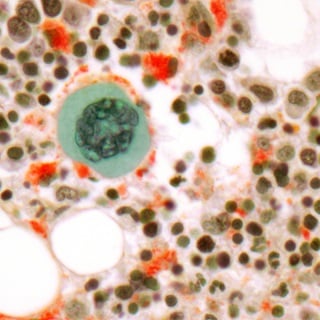
Allogeneic Transplant
In a procedure similar to a simple blood transfusion, the patient receives bone marrow or stem cells from a tissue-matched donor.
Learn more -
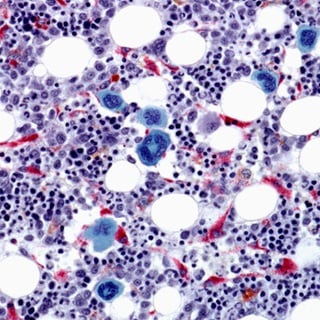
Autologous Transplant
Stem cells collected from the blood before chemotherapy or radiation are returned to the patient's body using a process similar to a blood transfusion.
Learn more
Recommended reading
Where to get care (1)
Related clinics (4)
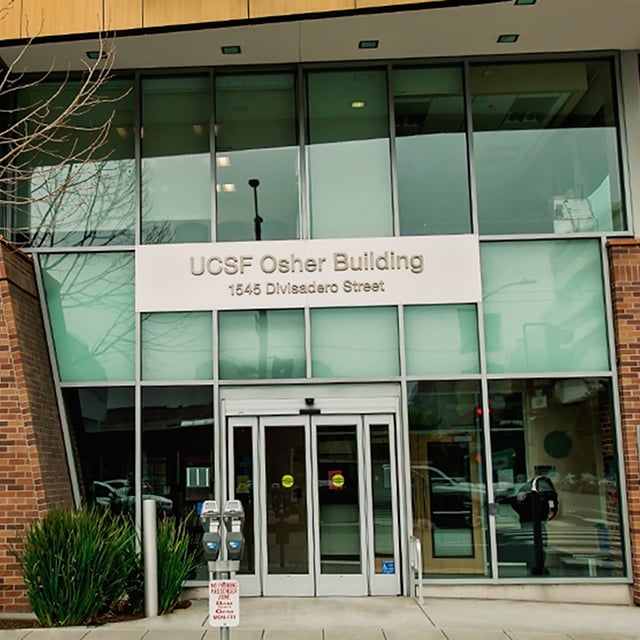
Osher Center for Integrative Health
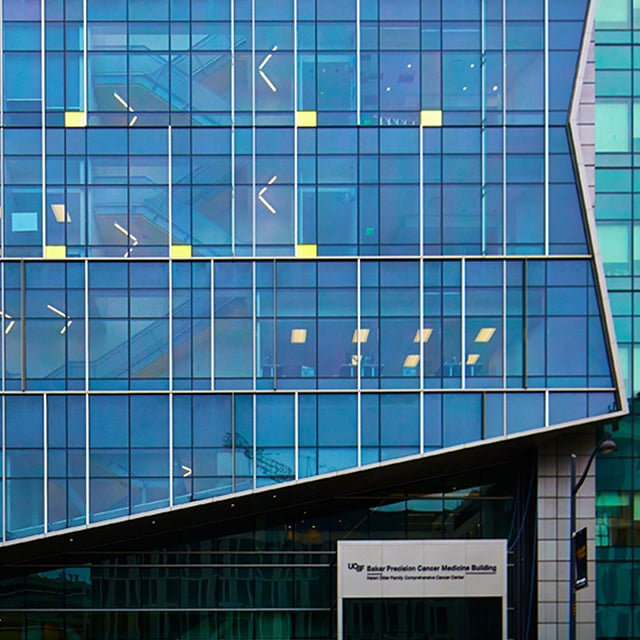 2
2






